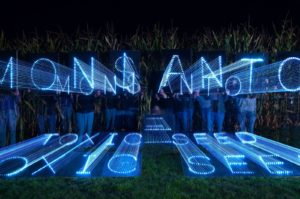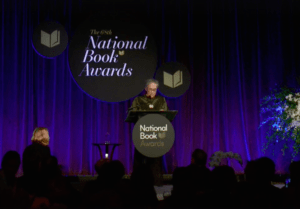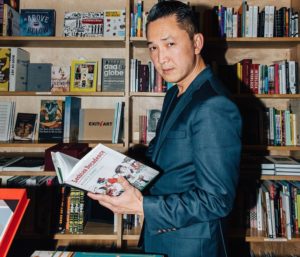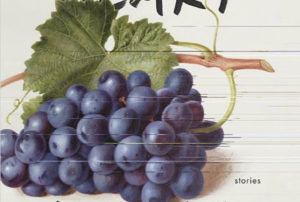Women Still Not Published as Often as Men in Arts Publications, but Who’s Counting?
VIDA: Women in Literary Arts released its much awaited annual pie charts Monday, demonstrating once again that the scales are tilted toward men when it comes to literary publications in the U.S. and U.K. VIDA
VIDA
VIDA: Women in Literary Arts released its much awaited annual pie charts Monday, demonstrating once again that the scales are tilted toward men when it comes to literary publications in the U.S. and U.K. Although some journals such as Poetry and Tin House have kept a consistent balance of male and female writers, others such as the Times Literary Supplement refuse to change their seemingly misogynist ways, as evidenced by a TLS editor’s ignorant 2011 statement that “the TLS is only interested in getting the best reviews of the most important books,” but “while women are heavy readers, we know they are heavy readers of the kind of fiction that is not likely to be reviewed in the pages of the TLS.”
It’s statements like those that make VIDA an important, if not essential, part of today’s conversation on the arts. As the organization says often on its site, “I Count. You count. Because we all count.” And thank goodness someone is counting.
The Guardian:
Year in and year out the count reveals roughly the same disparities, but the responses are just as disheartening. Many publications, especially those whose numbers seem to scream lip service tokenism, respond to The Count with defensive derision. Critics are quick to suggest that bylines are a reflection of submissions, in other words, if more women submitted, then more women would be published.
First, the issue of submissions, as with similar questions about gender and salary negotiations or gender and career management, is nuanced, complicated and as mediated by gendered expectations and behavior as anything else. Second, if you follow this line of reasoning, men in general tend to be overconfident (pdf) – the quantity of submissions has nothing to do with the quality of submissions.
Lastly, editors do not, for the most part, sit at their desks waiting for random submissions to come across the transom. They have free reign in terms of whom they solicit and it is exceedingly rare, and highly unlikely, that they rely on slush pile submissions to populate their pages. The issue of whom editors – also primarily men, feel more comfortable either soliciting work from or responding to is central to this persistent gender imbalance in storytelling. Even thoughtful men at literary magazines are not immune from implicit biases and in-group dynamics (the in-group being male) that studies uniformly show are involved in hiring, promotion, mentoring and retention.
To take a gander at this year’s disappointing numbers, click here.
—Posted by Natasha Hakimi
Your support matters…Independent journalism is under threat and overshadowed by heavily funded mainstream media.
You can help level the playing field. Become a member.
Your tax-deductible contribution keeps us digging beneath the headlines to give you thought-provoking, investigative reporting and analysis that unearths what's really happening- without compromise.
Give today to support our courageous, independent journalists.






You need to be a supporter to comment.
There are currently no responses to this article.
Be the first to respond.